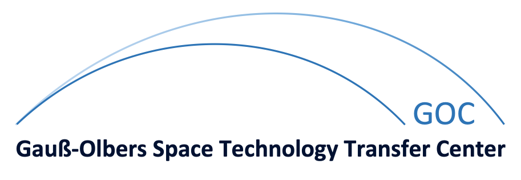Optimizing the Combination of Concatenated Codes and Multi-User Detection
| Tutor: | Petra Weitkemper |
| Type of Thesis: | Master's thesis (MSc) |
| date of end: | 06/2008 |
| Student: | Duan Yubo |
| Status: | finished |
| ANT-shelfmark: | M-06/08-2 |
| Abstract: | Third generation mobile radio systems like UMTS (Universal Mobile Telecommunications Standard) will employ CDMA (Code Division Multiple Access) as a multiple access scheme. In contrast to time and frequency division multiplex, all users are simultaneously transmitting in the same frequency range. Therefore, severe multi-user interference (MUI) limits system capacity and, thus, spectral efficiency. Interleave Division Multiple Acces (IDMA) is very similar to random spread CDMA. In order to overcome the effects of multi-user interference, multi-user detection (MUD) represents an appropriate mean. Efficient realizations of MUD are often operating iteratively and incorporate the channel decoder. Employing concatenated codes leads to a system with two coupled iteration loops. Furthermore, the question aries what kind of constituent codes in the concatenated scheme are best suited concerning the application of MUD. The first objective of this thesis is the adaption of the concatenated coding scheme to the constraints of the preceding MUD. With the aid of so-called EXIT charts (EXtrinsic Information Transfer charts) it is possible to analyze the suitability of codes in order to ensure convergence of the iterative process. Next, the coupled iteration loops should be optimized concerning computational costs and robustness. All investigations have to be performed on the basis of an existing coded CDMA system realized in MATLAB. |







